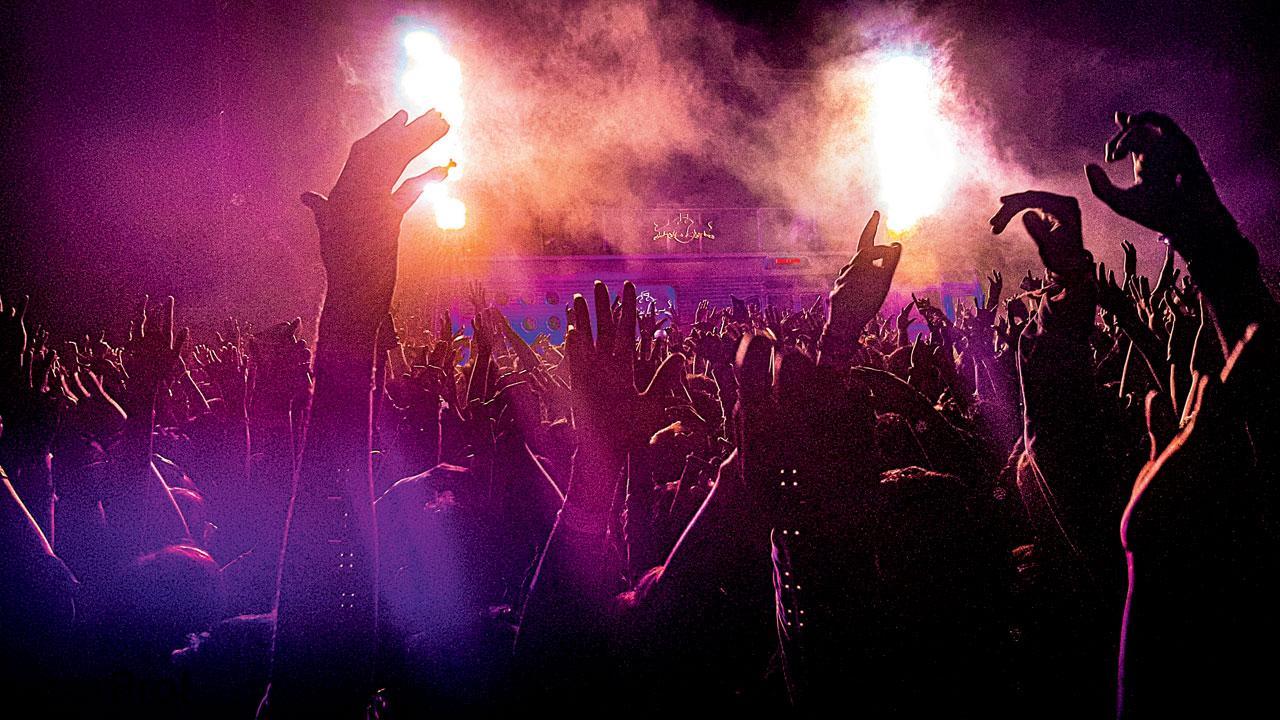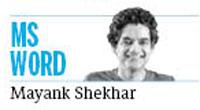Returning to India’s oldest metropolis after a decade, when it was already good, and now it’s even better

Despite loud music, Chennai’s bars often host families, with children. Representation pic
 What if I told you, Chennai was the Ibiza of India? No, I did not say that. Only asked, what if I did!
What if I told you, Chennai was the Ibiza of India? No, I did not say that. Only asked, what if I did!
ADVERTISEMENT
If an insider, you’d rightly resort to how conservatism is at the core of Chennai. Which is a cliché that, by definition, emerges from truths. And which necessarily conceal their unequal opposites/contradictions.
As an outsider, the other cliché you will cite is there is a “language problem, you see.” Meaning, if you aren’t rich enough to circumvent the street altogether—and that’s the best mode to navigate life in the Third World, anyway—it’s hard to get by, without following Tamil, in Chennai.
Same, if you didn’t know Hindustani, in North India’s prime meridian, New Delhi. My sense is, corroborated by those who know better—“Tamil is merely an advantage in Chennai”.
As with rattling off Kannada in Bengaluru, it ensures a quicker escape from traffic cops, to start with—and, of course, helps you localise more easily, if interested.
As it is, technology—whether Google Translate (why isn’t there a voice-dub, yet), or apps, for everything, cab onwards—has lessened the world’s “language problem”, considerably. India’s main language is the mother tongue of its region.
Chennai, formerly Madras, being the capital of Tamil Nadu. Which is not why old North Indians call all South Indians, “Madrasis”. That probably comes from Madras Province/Presidency, which occupied practically all of the south of British India.
Madras, renamed Chennai in 1996, was its winter capital. It is India’s oldest metropolitan city, established by East India Company, in 1639—a few decades before Calcutta, Bombay.
This explains such vast, quiet, posh neigbourhoods/bungalows, signifying old money/elite, still. They’ve generationally earned enough to buzz off builders, offering penthouses, in return for constructing high-rises. Of course, with time, that will change.
What does Chennai have in common with India’s oldest city, Varanasi? Sheer number of temples. Not that anybody’s maintained official records—Varanasi’s estimate exceeds 23,000. If you add up countless, cute, colourful small plus miniature temples, old and new, on Chennai’s squares, pavements—surely the figure will far out-total the reported 300.
A skip across from those temples is a mindboggling number of ‘biryani houses’ (serving meat, what else). Or the Buhari chain of hotels, serving various versions of their invention, Chicken 65. That’s when you aren’t hopping across the city’s high-end restaurants, that match the world’s, at any rate India’s, most diverse.
In sharp contrast to Chennai’s traditional rep of a Brahmanical, vegetarian, old-town. Sharper in contrast still to when I visited it as a child, in the early ’90s—cribbing about the overload of rasam—only rasam, mummy?
Is there a more under-reported truth, about a surprisingly super-clean Chennai? Its nocturnal bar scene, in a decidedly conservative, morning city. Ah, what?
I got introduced to Chennai, over a-decade-and-a-half ago, because of my brother, Alok, a flighty night-bird himself. He’d moved from New York, for a few years—obviously not for the anticipated night-life!
This is when we’d also hang in what’s supposed to be a ‘city that never sleeps’, i.e. Bombay’s bars/pubs. Such as the one, where a movie-star, who’d just returned from a village in Haryana, having learnt local dialect there (for a role), asked my brother, where he lived.
Superstar’s reaction (common): “Chennai! Why?” “Same reason you went to Haryana—work, what else,” my brother said. “But I get paid a bomb,” superstar retorted. “What makes you think I don’t,” my brother responded.
Home is usually where work takes you. That, post-liberalisation, more professionals moved to the South, is explained by its economy, that’s performed better than the rest of India—which, itself, until 2012, was nearabout booming enough to invite the First World over. Hyderabad’s blessed with space. Bengalaru’s got the weather. Chennai is oppressively hot—but, equally, so is Singapore.
The Chennai of my brother’s social circle—often expats (international/domestic), living away from home; single, or single-minded—that I entered, felt a shocking surprise, by India’s depressing post-midnight standards.
Whether at Bike & Barrel, similar but better bars, over to ECR’s sea-side bungalows, packed with potentially ferocious party animals, grazing, well-behaved, over a never-ending, wild scene.
Or even the first, proper, local Chennai person’s house, after-party, I went to—with a discotheque’s floor lights, flashing in primarily colours, at his private den! The scene was still small enough to crack—for the new ‘outsider’, to feel like the instantly connected ‘insider’; you developed ‘contacts’!
Nobody in Bombay, including that movie-star, would believe me. No, it’s not Ibiza (that I’ve not even been to!). The point is to report an immeasurable change/ascent, that might surprise the ‘Madrasi’!
I returned to Chennai, after a decade, to find the city’s boozy nights on a further upswing. Only issue, at some places, seem to be slippers (chappals), and stags (only men) not allowed.
Despite loud music, bars often host families, with children! Anna Nagar, until recently, a retiree’s address—with bars, Sundays, and Living Room, I’m at, I’m told, “houses 50 of these in 5 km radius”!
I look gob-smacked, travelling from the incredible Black Orchid (buzzing at 3 am), to live-techno, at Leather Bar (5 am), and oh, we skipped the scene, same hour, and even later, at Pasha, Brasa… What’s up, bruh.
Mayank Shekhar attempts to make sense of mass culture. He tweets @mayankw14
Send your feedback to mailbag@mid-day.com
The views expressed in this column are the individual’s and don’t represent those of the paper.
 Subscribe today by clicking the link and stay updated with the latest news!" Click here!
Subscribe today by clicking the link and stay updated with the latest news!" Click here!







